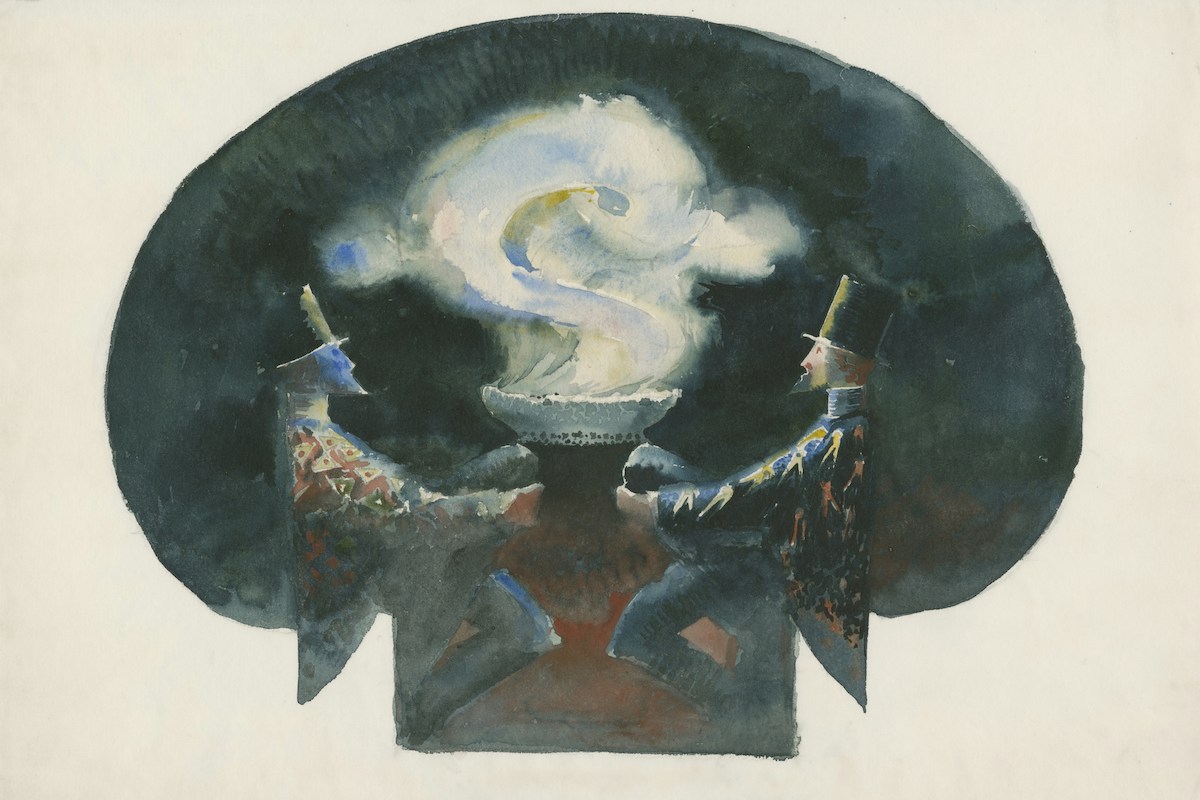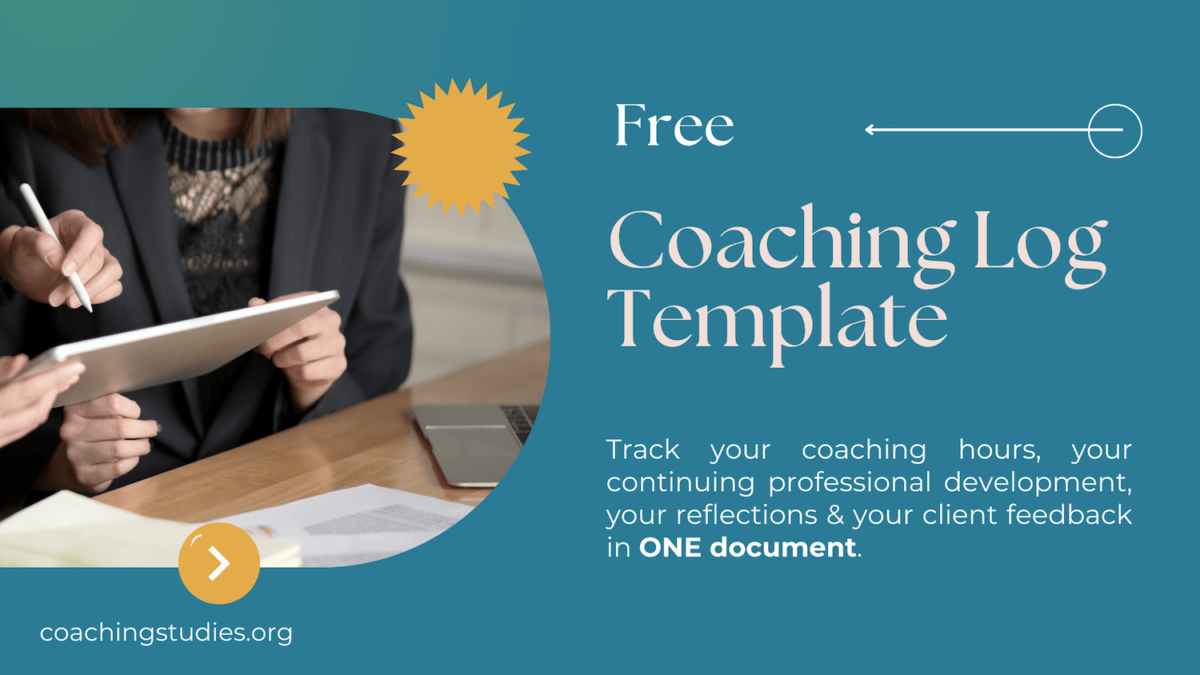If you want to turn people into coaching clients, one of the best ways to do that is to offer a free consultation, which in the coaching industry is called a chemistry call or a discovery call.
This initial conversation will enable you and the other person to understand whether you are a good match. It will allow you to contract around coaching and identify the person’s needs. For the prospective client, it’s a way to understand if you are a coach they can trust and with whom they feel at ease.
In this article, we cover all the steps you can take before, during, and after, to make these chemistry calls as successful as possible. We’ve also covered 9 common mistakes coaches in chemistry calls in another article.
BEFORE THE CALL
1. Ask a few questions to the client in your intake form
We recommend to create an intake form where people give you some information about themselves and why they are interested in coaching, prior to your initial call with them. This will help you gauge their needs and think of a potential coaching engagement that may work for them.
2. Prepare the agenda
Think about what you want this first call or meeting to be about, not just for one client, but for all of them. Take a moment to think about the following questions:
- What is the purpose of this call?
- How long do you want the call to be?
- What information do you want to learn from the person?
- What information do you want the person to receive?
- What value could the person get from this conversation?
Once you’ve reflected and gain clarity on what you want the chemistry or discovery calls to be about, create the structure in a document or in a notebook so you can go back to it before each call as part of your preparation.
3. Practice
If you have never done a chemistry call, or it’s been a while since your last one, you may be feeling a bit rusty. You may not feel as confident as someone who’s been facilitating this type of conversation and has had a chance to improve their approach over time. Even if you do feel confident about it, it’s best to practice what you are going to say, either on your own or with a friend or family member who can give you feedback.
Practice several times the following:
- How you will introduce yourself,
- How you will talk about what coaching is and isn’t,
- What you will say about your coaching approach and style,
- How you will set the agenda while being client-centered.
By doing this several times, you’ll not improve what you say, you’ll also improve the flow to make it as organic and authentic as possible.
4. Get in the right mindset (and breathe)
In the 5-10 minutes right before the call or the meeting, take a moment to bring yourself to the present. One of the quickest way to do that is to focus on your breath.
Remind yourself as well of all the work that you have put into not only this call, but also yourself as a coach. All the hours spent training, reading, practicing, reflecting – this will show in the chemistry call. Make sure to also reframe the purpose of the call. This is not a sales call. This is a conversation to see if how you can both work together, and if you both want to.
DURING THE CALL
1. THINK ABOUT BREATHING (Again)
Stay present throughout the call the way you would be in a coaching session. When the person speaks, breathe in and out very gently and discreetly. This will allow you to be mindful and demonstrate your coaching abilities.
2. WELCOME THE PERSON
You want to welcome the person in the call or the meeting in a warm, friendly and professional way. It may be intimidating for them, it could be the first time they do that, or they may not know what to expect from it. Make it easy for them to get comfortable so they can open up and make the most out of this first call.
3. SET THE AGENDA...
Ask permission to the person to set the agenda. It can be something along these lines: “If that’s okay with you, I’d like to tell you how this initial call/meeting is usually structured, and you can tell me if that’s something that would work for you. What do you think?“
4. ...BUT KEEP YOUR FOCUS ON THE PERSON
Asking permission to set the agenda is a way of contracting about it while being client-centered. You don’t want to impose anything during this call, even though you have worked on a structure earlier on. Every person you’ll talk to is different and may have different needs or experiences. A way of being client-focused is to co-create the agenda with them, and to make sure all their questions are answered throughout the conversation. Check in several times to make sure you give them the space to ask for more information if needed.
5. INTRODUCE COACHING
Once you’ve answered their questions, you can start introducing what coaching is. This is to make sure that prospective clients are aware of what they are about to commit to from the very beginning. This can also enable a conversation between you and the person about whether coaching is what they actually need.
6. TALK ABOUR YOUR STYLE OF COACHING
Beyond defining what you will do in sessions, it’s crucial for people to understand who you are as a coach. And we are not just talking about your coaching niche. We mean your approach to coaching, the beliefs and values that shape what you think is important to talk about in sessions.
7. ASK PERMISSION TO COACH THEM
Once you’re done with the introduction, which shouldn’t last more than 10-15 minutes in total, you should bring the focus on the prospective client. Like in a coaching session, they should be doing most of the talking.
Ask the client if they would be willing to be coached so they can experience coaching and also get value from the conversation with you.
8. DEMONSTRATE WHAT IT WILL BE LIKE TO BE COACHED BY YOU
This is where you are going to give them a taster of what coaching with you looks like. Actually, more than a taster, we believe it should be a full-fledged session. People need to finish the call or meeting the way they would leave a coaching session: feeling empowered and motivated on how to move forward.
9. ASK FOR FEEDBACK
Once the session is over, ask your client to share their thoughts on how it went. What are their takeaways, not just about their topic, but also about the process of coaching they just experienced? How do they feel now? What did they think of the way you coached them? Having them reflect on this experience is a way for you to start understanding if the person is likely going to want to continue working with you.
10. GAUGE THEIR INTEREST TO START COACHING
Beyond asking how coaching went for them, you can be direct and ask the person is they want to start coaching with you:
- “Is this something you’d like to continue to work on?”
- “Would you be interested in working together on this?”
Listen to what the person says. It can be a yes, a yes but, a maybe, or a no. They may have some resistance on specific aspects, or they may need more time before being able to work with you. In any case, always respect the person’s decision.
11. IF POSITIVE, TALK ABOUT THE LOGISTICS
If the client is willing to start, agree with them around the logistics:
- How many hours/sessions do they want to do?
- How long should the session be?
- How often do they want the sessions?
You should also talk about your fees and payment method, as well as the contract you will send them that will document everything.
We advise you to book the next session during the call as well, in order to have it in both your calendars.
12. THANK THE PERSON
Regardless of the person’s decision to continue coaching with you, close the call or meeting in the same way you started it: in a way, friendly and professional way. Thank the person for their time. Show gratitude for their openness to be coached and for their willingness to live a better, happier, healthier, more fulfilled life.
Ask if the client has any more questions, and then say goodbye.
AFTER THE CALL
1. SEND A FOLLOW-UP EMAIL WITHIN THE SAME DAY
If during the call you talked to the client about an article or a resource they may be interested in, make sure you follow up with them on the same day.
If your client told you they want to start coaching, you should also follow up with them with the agreement, invoice, and all the relevant onboarding documents.
2. REFLECT ON THIS EXPERIENCE
When the email is sent, take a moment to reflect on this experience.
- How did it go?
- What did you do well? What could you have done better?
- What is your gut feeling telling you about this potential client?
- What can you learn from this conversation?
Use the information you are gaining from this reflection to improve your next chemistry call and your approach to these conversations.
3. LET GO
And finally, let it go. The reflection time is there as a way to close this experience properly and to move on from it. Don’t overthink it. Don’t replay it in your head. Acknowledge what is, and focus your attention on something else.
LET'S STAY IN TOUCH
If you want to hear from us about all things coaching and not miss any new articles, sign up to our weekly newsletter below 👇
Thank you!
We hope you like the content we will share.
Photo by Chris Liverani on Unsplash










